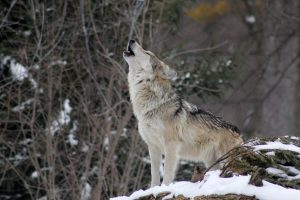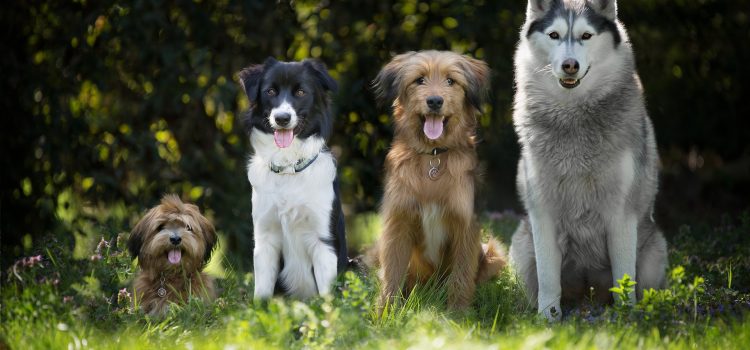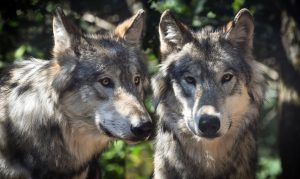
The Most Important Milestones in the Evolution of Dogs
The evolution of dogs is a long and complicated process. It took tens of thousands of years for the first dog to evolve from wolves. Dogs have been evolving ever since they first evolved from wolves. They are now one of the most diverse animals on Earth, with over 400 different breeds that vary in size, shape, color, and temperament.
The people of Europe probably domesticated the first dogs around 12,000 years ago. Dogs are now one of the most diverse animals on Earth, with over 400 breeds that vary in size, shape, color, and temperament. They have been evolving ever since they first evolved from wolves.
Introduction: Evolution of Dogs
Dogs have been an integral part of human society for millennia. They have been used as hunting companions, guard dogs, and even pets. In this section, we will explore the rich history of dogs to see how they became such an essential part of human society.
The domestication of dogs is a process that still needs to be fully understood. It is believed that humans domesticated wolves and then bred them to be more docile. It is possible that the first domestication happened in Central Asia, which would make sense because some breeds, like the Siberian Husky, are thought to be descendants of Central Asian wolves.

It’s also possible that humans domesticated the wolf before it split into different subspecies, which would mean that all dog breeds could have originated from this one ancestor species. We can see evidence of this when we look at breeds like the Alaskan Malamute or Siberian Husky, who share a lot of similar traits with their wolf ancestors.
The domestication of dogs is still an ongoing process today. Many dog experts have gathered that all dogs can be domesticated, but a few breeds have unique sets of characteristics and abilities which make them more likely to become tame than others.
Evidence suggests that wolves became domesticated before any other animals because they were very docile and could be kept by humans for extended periods. This makes sense because they would not need as many resources as other animals, and they were less likely to become a threat.

A specific theory about how dogs became domesticated is that these animals experienced population bottlenecks. So specific wolf populations would have been more likely to be able to be trained than others. The genetics of the dog genes allow for this domestication process because there are multiple breeds that share similar genetic markers with one another because of their shared heritage.
Another thing that led to the modern dog is that the genetics of wolves are more similar to those of humans than those of dogs, so this made it easier for an evolutionary process such as domestication. Today dogs come in a diversity of sizes, shapes, and colors.
This is because the domestic dog is descended from different local domesticated populations bred separately over thousands of years.”-Beagles, Poodles, Collies, Jack Russells, Siberian Huskies, and Chow Chows are all dogs with very different characteristics.”Dogs were the first animals to be domesticated by humans.”-this emphasizes the point that humans were the ones who brought about changes in a specific species of animal.
“Domestication is when one species changes its behavior to suit another.”-the idea that there was a process in which wolves began to change their behavior because they needed humans as an entity they could rely on. “Today, dogs provide food, protection, and companionship for their owners.”-the idea that all three are reasons why people have domesticated dogs.
The Evolution of Wolves to become the Dog- When and Why Did This Happen?
The evolution of wolves to become dogs is a fascinating story. Wolves are believed to have evolved from the common ancestor of all dogs, wolves, and coyotes about 15,000 years ago. The dog’s ability to digest starchy foods was instrumental in their evolution from scavengers to hunters. This is seen in the many breeds of dogs that still hunt.
The dog’s sense of smell, loyalty, and playfulness has been a driving force for its evolution from being a scavenger to becoming one of the most domesticated animals in human history. One puzzle remains unsolved: How did dogs become loyal to humans, and where did they come from?
One theory is that dogs evolved their social behavior because humans domesticated them. or they learned how to live with them. Dingo fossils dating back 3,000 years show that this isn’t true and that dogs may be older than humans.
Dingo fossils show that humans domesticated these dogs. Some theorize that dogs became loyal because they evolved into hunter-gatherers and needed to follow a more decisive pack leader like humans. This theory leads us back to the idea of being domesticated by humans and living in hunting groups.

















